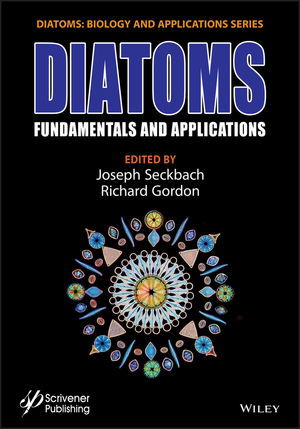Fundamentals Of Tribology Book
Tribology, the study of friction, wear, and lubrication, is currently in a state of flux characterized by numerous challenges and counter-challenges to the facts and theories that have been proposed. With each passing year, however, the subject grows in importance: energy consumption that must be minimized, and the durability of machines extended as far as possible. This volume provides an overview of tribology and a forum for diverse views on this crucial subject. The contributors, representing both industry and academia, are all leading authorities in the field. Their comments and observations will be of great interest to researchers in mechanical engineering, materials science, energy technology, and industry. Contents: Preface and Introduction; Surface Topography; Physical Properties; Chemical Properties; Surface and Interfacial phenomena; Friction; Wear Mechanisms; Thermochemical Effects; Wear in Processing; Polymer Wear; Wear Monitoring; Wear Prevention; Boundary Lubrication; Elastohydrodynamic Lubrication; Systems Approach; Documentation of Tribology Literature. Dai Gil Lee is Professor of Mechanical Engineering at Korea Advanced Institute of Science and Technology.



Fundamentals Of Tribology Book Download
He is also a Vice President of Korea Society of Composite Materials and a Member of Korea Academy of Science and Technology.Nam P. Suh is Ralph E. And Eloise F. Cross Professor of Mechanical Engineering at the Massachusetts Institute of Technology. He is the author of Complexity: Theory and Applications (OUP, 2005), Axiomatic Design: Advances and Applications (OUP, 2001), and The Principles of Design (OUP, 1990), andcoeditor of the MIT-Pappalardo Series in Mechanical Engineering and the Oxford Series on Advanced Manufacturing. Algoritmi fundamentali in java pdf.
FUNDAMENTALS OF TRIBOLOGY 602 Fundamentals of Tribology deals with the fundamentals of lubrication, friction and wear. It begins by introducing the readers to the importance of tribology in everyday life and a brief history of the subject. It then describes the nature of rough surfaces and mechanics of contacting elastic solids and their deformation under load and friction in their relative motion.
The book goes on to discuss the importance of lubricant rheology with respect to viscosity and density. Then, the principles of hydrodynamic lubrication are covered with derivations of the governing Reynolds and energy equations. Applications of hydrodynamic lubrication in various forms of bearings - journal bearings, thrust bearings and externally pressurized bearings - are outlined. The important and still evolving subject of elastohydrodynamic lubrication is treated in some detail, both at its fundamentals as well as its applications in thin shell or overlay bearings, cam-followers and internal combustion engine pistons.
The fundamentals of biotribology are also covered, particularly its applications to endo-articular mammalian joints such as hip and knee joints and their arthroplasty. In addition there is a treatment of the rapidly emerging knowledge of tribological phenomena in lightly-loaded vanishing conjunctions (nanotribology) in natural systems and very small devices such as MEMS and high density data storage media. This book targets the undergraduate and postgraduate body as well as engineering professionals in industry, where often a quick solution or understanding of certain tribological phenomenon is sought. The book can also form an initial basis for those interested in research into certain aspects of tribology.